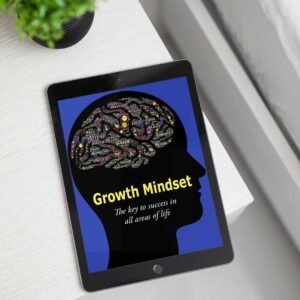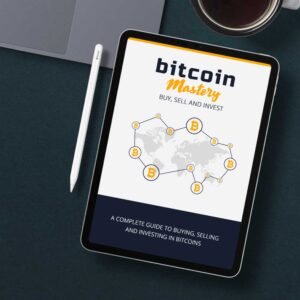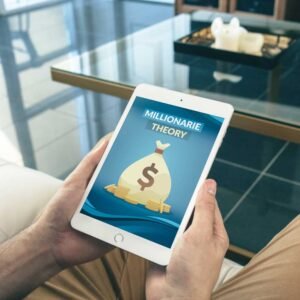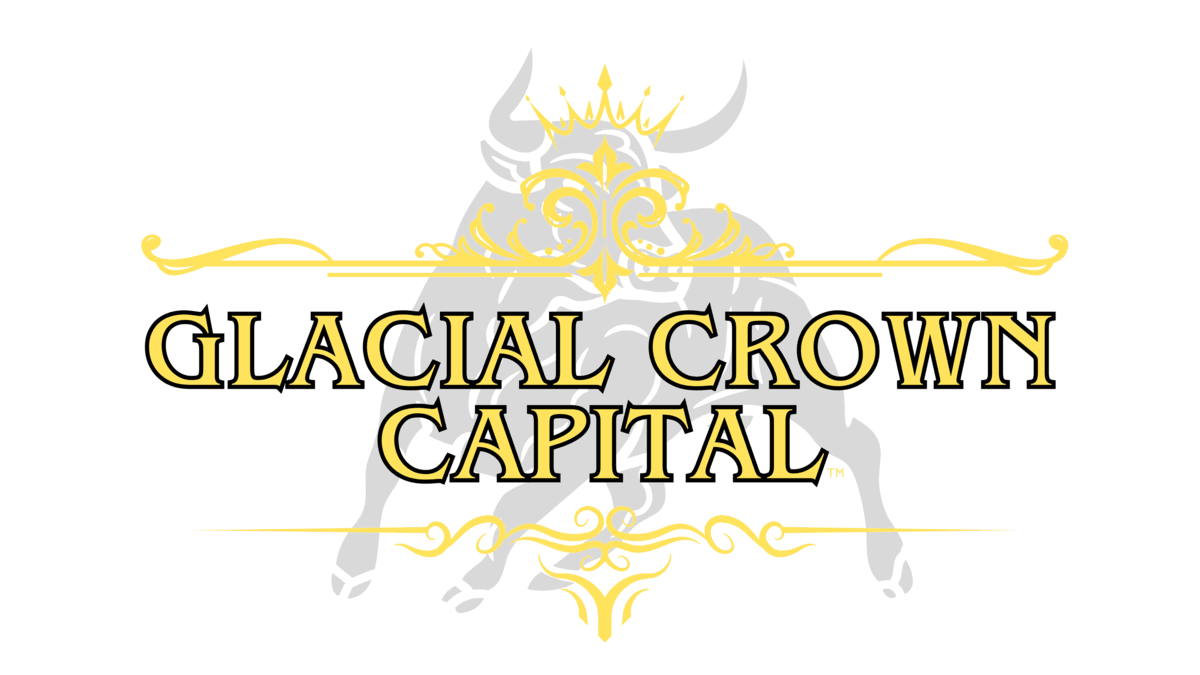In an era dominated by high-frequency trading and aggressive speculation, the concept of heirloom investing offers a refreshing departure. This strategy centers on investing in companies or sectors that have demonstrated resilience and psychological appeal over centuries.
Likewise, these are brands and industries that have not only survived but also thrived by adapting through a deep understanding of consumer behavior. Moreover, from luxury goods to foundational technologies, heirloom investing leverages the unique durability and timeless appeal of such investments in order to generate long-term wealth.

The Essence of Heirloom Investing
Heirloom investing is about identifying and committing to assets that carry enduring value across generations. These assets often appeal to intrinsic human desires and needs, transcending cultural and temporal boundaries. While high returns are appealing, heirloom investors prioritize stability, sustained growth, and intrinsic worth. Understanding this approach involves examining the brands and sectors that qualify under this criterion.
Luxury Goods: A Chronicle of Endurance
Indeed, luxury goods epitomize the resilience and psychological allure central to heirloom investing. Over time, historically, the desire for luxury has been driven by an intrinsic human aspiration for status, quality, and exclusivity. Furthermore, brands that serve this market often have storied heritages and, importantly, a proven ability to innovate without losing their core identity.
Case Study: Hermès
Consider Hermès, one of the oldest luxury brands, founded in 1837. Over nearly two centuries, Hermès has become synonymous with timeless quality and craftsmanship. The Birkin bag, its flagship product, is not only a symbol of luxury but also a reliable investment. Due to limited production and high demand, Birkin bags have been known to appreciate over time, often outperforming traditional investment avenues like gold and the stock market.
Psychological Appeal
The psychological allure of luxury goods can be traced back to their role in human social structures. Items like designer handbags or high-end watches serve as status symbols, signaling affluence and exclusivity. This psychological drive ensures perpetual demand, making brands like Hermès not only enduring but also profitable.
Foundational Technologies: The Backbone of Progress
In contrast to luxury goods, foundational technologies represent investments in sectors that drive everyday life and continuous advancement. These are the utilities and platforms upon which modern societies are built—electricity, telecommunications, and increasingly, digital infrastructure. The key here is not novelty but necessity.
Case Study: IBM
Founded in 1911, IBM has become one of the mainstays in the realm of foundational technology. From initial ventures in mechanical tabulating machines to pioneering advances in artificial intelligence with IBM Watson, the company has consistently adapted to the technological zeitgeist. IBM’s evolution underscores its grasp of ongoing technological trends and consumer demands, aligning its business strategy accordingly.
Psychological Appeal
Foundational technologies tap into the human need for convenience, efficiency, and connection. In a world where technology is deeply integrated into daily life, companies that provide reliable and innovative solutions enjoy sustained demand. The psychological underpinning here is trust—consumers and businesses alike depend on these technologies, ensuring long-term stability for investors.
Art and Collectibles: Tangible Treasure
Another fascinating domain of heirloom investing is art and collectibles. These items inherently possess cultural and historical significance, often becoming more valuable with age. Investing in art or rare collectibles offers both aesthetic pleasure and financial appreciation.
Case Study: Fine Art
The market for fine art has demonstrated remarkable resilience over centuries. Masterpieces by artists like Leonardo da Vinci, Vincent van Gogh, and Pablo Picasso not only represent incredible artistic achievement but also substantial monetary value. The sale of Leonardo da Vinci’s “Salvator Mundi” for $450 million in 2017 illustrates the immense potential for appreciation in art investments.
Psychological Appeal
The psychological component here revolves around beauty, historical significance, and prestige. Owning a piece of fine art is not merely about financial investment; it’s also about possessing a piece of human history and achievement. This dual appeal ensures that art remains a sought-after asset for heirloom investors.
Real Estate: Concrete Stability
Real estate is often considered one of the most traditional forms of heirloom investing. Its inherent tangibility and utility make it a dependable asset class. From family homes to commercial real estate, properties can generate rental income and appreciate over time.
Case Study: Historical Properties
Investing in historical properties combines the stability of real estate with the allure of historical significance. Locations like the brownstone buildings in New York City or the châteaux in France not only offer prime real estate but also historical and aesthetic values that can be passed down through generations. These properties often enjoy price stability and appreciation due to their unique appeal.
Psychological Appeal
The psychological factors influencing real estate investment include security, tangible ownership, and long-term usability. The ability to pass down property through generations adds an emotional dimension, making it a cornerstone of heirloom investing.

Strategies for Heirloom Investing
To successfully engage in heirloom investing, it’s essential to adopt a strategic approach. Here are key strategies to consider:
Long-term Vision
Heirloom investing requires a commitment to the long term. Investors must be willing to hold assets through market fluctuations, focusing on fundamental value rather than short-term gains.
Diversification
While heirloom assets tend to be stable, diversification remains crucial. Investors should spread their investments across different asset classes—luxury goods, foundational technologies, art, and real estate—to mitigate risk.
Research and Expertise
Understanding the intrinsic and psychological appeal of heirloom assets demands thorough research and expertise. Engaging with historians, art appraisers, and industry experts can provide valuable insights and identify underappreciated opportunities.
Patience and Emotional Discipline
The psychological appeal that attracts consumers to heirloom assets can also influence investors. Maintaining patience and emotional discipline, especially during economic downturns, is essential to realizing the long-term potential of heirloom investments.
The Future of Heirloom Investing
As global markets evolve, nevertheless, the principles of heirloom investing remain steadfast. Indeed, the rise of digital assets like cryptocurrencies and NFTs (non-fungible tokens) presents new avenues for heirloom investing. Although these assets are relatively new, on the other hand, their potential to become culturally significant and psychologically appealing marks them as future candidates for heirloom portfolios.
Furthermore, sustainability and ethical considerations are increasingly factoring into investment decisions. In fact, companies and assets that align with these values not only promise growth but also resonate with the enduring human desire for responsibility and integrity. For example, brands like Patagonia and Tesla exemplify this intersection of ethical appeal and investment potential.
Heirloom investing stands as a testament to the enduring power of human psychology and intrinsic value. By focusing on assets with proven resilience and timeless appeal, investors can build wealth that transcends generations. Whether through luxury goods, foundational technologies, fine art, or real estate, heirloom investing offers a unique blend of stability, growth, and psychological insight. In a rapidly changing financial landscape, this timeless approach remains a beacon of sustainable and meaningful investing.
Learn about being a Contrarian Investor here
Disclaimer: The information provided here is for educational purposes only. It does not constitute investment advice or a guarantee of performance. Investing involves risks, including the possible loss of capital. Seek advice from financial and tax professionals tailored to your financial circumstances and goals.



















